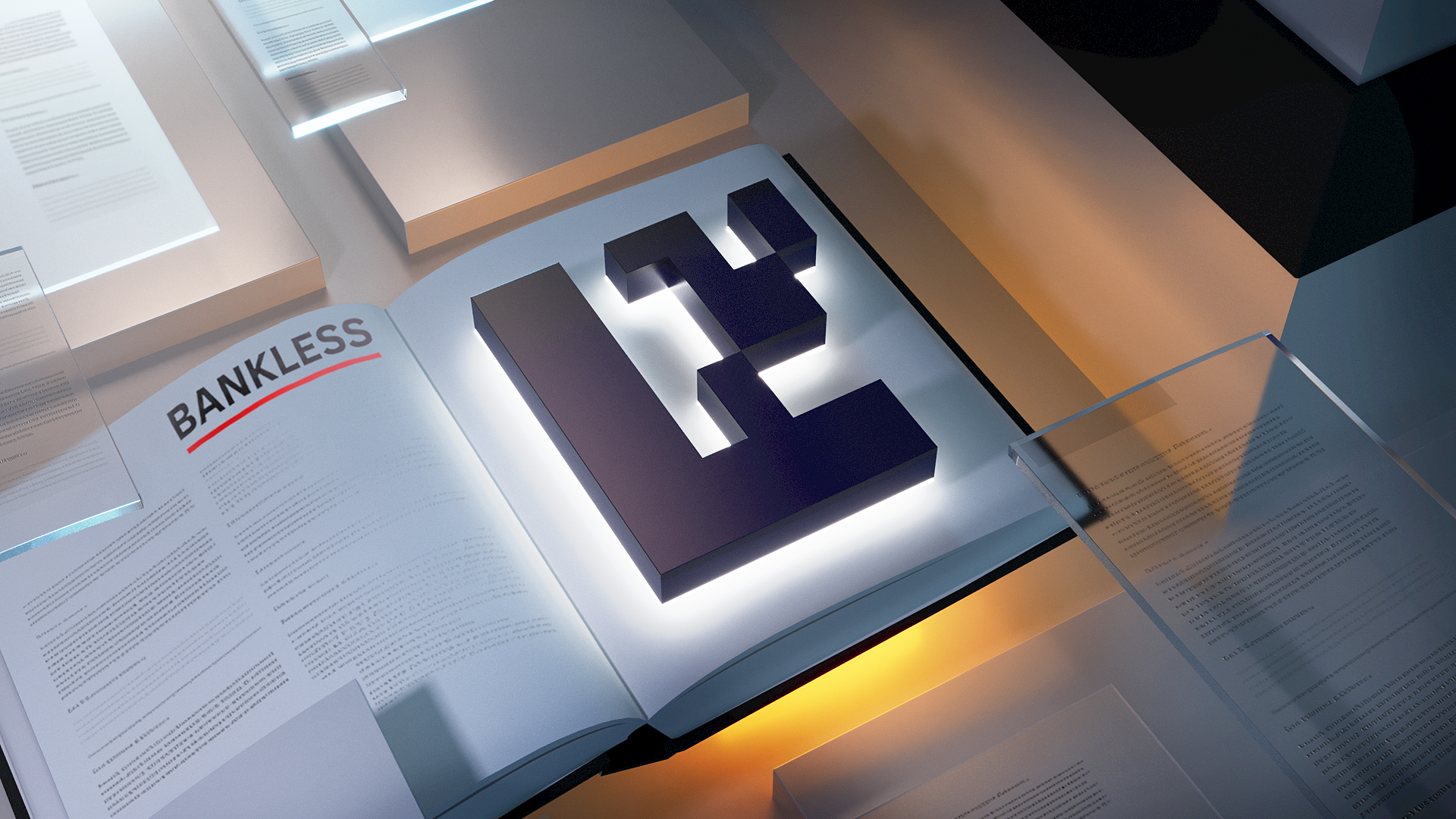[ad_1]
Launched on mainnet in June 2023, EigenLayer is a collection of smart contracts on Ethereum that allow ETH stakers to validate additional projects with their staked ETH, a.k.a. “restaking.”
Today, more than 28 million ETH are staked to help validate Ethereum, making the blockchain extremely crypto-economically secure. Through EigenLayer, the idea is that efforts like consensus networks, data availability (DA) layers, oracle networks, and beyond can tap into Ethereum’s extensive security in order to avoid having to launch their own chain infrastructure.
As such, stakers can deposit into EigenLayer contracts to grant the protocol the ability to impose extra slashing conditions on their staked ETH, thus earning more fees on top of their 4-6% staking yields from the additional projects they help secure.
How EigenLayer works
At the heart of EigenLayer is the concept of pooled security via restaking, in which multiple parties combine their staked ETH together to provide greater security. This pooling is accomplished in two ways: native restaking and liquid restaking.
Native restaking is for advanced users and entails operating your own Ethereum validator and depositing regular ETH into what’s called an “EigenPod.”
In contrast, liquid restaking is much easier, as it simply entails depositing liquid staking tokens (LST) like Coinbase cbETH, Rocket Pool rETH, or Lido stETH into EigenLayer.
Accordingly, the vision is that EigenLayer will function as a restaking marketplace, where depositors have the freedom to choose which projects or modules they wish to support. This approach lets restakers make decisions based on their interests, risk appetites, and potential rewards.
The pulse of EigenLayer
At the time of this guide’s latest update in December 2023, there were more than 172,200 ETH, or roughly $350M USD, restaked through EigenLayer. 52,288 ETH of that sum is derived via native restaking, while the remainder has come via liquid restaking (+82.5k stETH, +19.1k cbETH, +18.2k rETH).
How to restake on EigenLayer
At the time of this guide’s writing, native restaking deposits were uncapped on EigenLayer, while liquid restaking deposits remained paused for the time being ahead of a full public opening later.
That said, whenever deposits do fully open, the process for joining is straightforward. When live, you can follow these steps:
Prep your LST of choice — EigenLayer currently supports cbETH, rETH, and stETH. Acquire some of your preferred LST if you haven’t already, and transfer the token into your desired wallet before proceeding.
Visit the EigenLayer app — Go to app.eigenlayer.xyz and connect your wallet, then click on the asset you’d like to start restaking with to continue.
Complete your deposit — In the provided interface, input the amount you’d like to deposit into EigenLayer, then complete the approval transaction + the final authorization transaction with your wallet to officially start restaking.
Once you’re in, you can track all your deposits from the main EigenLayer app page. You can also withdraw as you please using the “Unstake” button in the deposit interfaces, but keep in mind that EigenLayer currently enforces a 7-day withdrawal delay, so it will take a week for your funds to hit your wallet as things stand.
The risks of EigenLayer
Ethereum validators looking to benefit from additional staking rewards through EigenLayer must carefully consider their risks against potential gains. If they fail to adhere to the rules set by protocols at the EigenLayer level, they risk penalization via slashing of their ETH. This slashing possibility necessitates a cautious approach from restakers in studying and choosing which services to opt into.
Conversely, projects that use EigenLayer should be designed so that even in the event of complete failure, the losses are confined to the validators and users who opted into the protocol. This is important to prevent systemic risks that could have widespread consequences for Ethereum and its community.
Additional EigenLayer resources
If you’re interested in diving deeper into the EigenLayer ecosystem, be sure to check out these helpful resources:
Zooming out
With its novel approach to pooled security and a user-friendly system accommodating both native and liquid restaking, EigenLayer extends Ethereum’s crypto-economic security into a marketplace of decentralized trust. As EigenLayer continues to evolve, including with its own DA solution, the potential for diverse and innovative projects to be built on this infra is extensive, to say the least.
[ad_2]
Read More: www.bankless.com












 Bitcoin
Bitcoin  Ethereum
Ethereum  Tether
Tether  XRP
XRP  Solana
Solana  USDC
USDC  TRON
TRON  Dogecoin
Dogecoin  Lido Staked Ether
Lido Staked Ether  Cardano
Cardano  Wrapped Bitcoin
Wrapped Bitcoin  Hyperliquid
Hyperliquid  Wrapped stETH
Wrapped stETH  Sui
Sui  Bitcoin Cash
Bitcoin Cash  LEO Token
LEO Token  Chainlink
Chainlink  Stellar
Stellar  Avalanche
Avalanche  Toncoin
Toncoin  WhiteBIT Coin
WhiteBIT Coin  USDS
USDS  Shiba Inu
Shiba Inu  WETH
WETH  Wrapped eETH
Wrapped eETH  Litecoin
Litecoin  Binance Bridged USDT (BNB Smart Chain)
Binance Bridged USDT (BNB Smart Chain)  Hedera
Hedera  Ethena USDe
Ethena USDe  Monero
Monero  Polkadot
Polkadot  Bitget Token
Bitget Token  Coinbase Wrapped BTC
Coinbase Wrapped BTC  Uniswap
Uniswap  Pepe
Pepe  Pi Network
Pi Network  Aave
Aave  Dai
Dai  Ethena Staked USDe
Ethena Staked USDe  Bittensor
Bittensor  BlackRock USD Institutional Digital Liquidity Fund
BlackRock USD Institutional Digital Liquidity Fund  OKB
OKB  Cronos
Cronos  Aptos
Aptos  Internet Computer
Internet Computer  NEAR Protocol
NEAR Protocol  Jito Staked SOL
Jito Staked SOL  sUSDS
sUSDS  Ethereum Classic
Ethereum Classic